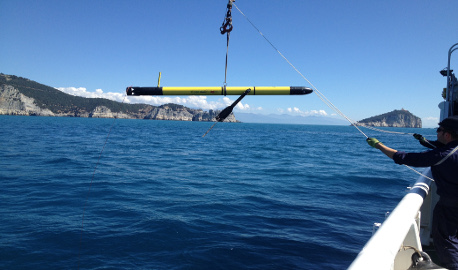Renewable Energies
Technology: Wave maker, open-sea facility, open sea beacon
Applications: wave generation, WEC experimental facility, sea-sate controlled environoment, open-sea monitoring
Ocean waves are a huge untapped energy resource and their energetic potential is very considerable. Research in this area is driven by the need to meet renewable energy targets, but it is relatively immature compared to other renewable energy technologies. Currently, there are various devices that convert wave energy into other kind of energies, these technologies are commonly called Wave Energy Converters (WEC).
The Seaspoon, developed by Thermochemical Power Group (TPG), from DIME, University of Genoa, is an innovative device for the wave energy conversion, it is designed for off-shore installation, to operate in fully submerged conditions, close to the surface of the water.
It has the possibility to change its immersion depth, then to protect itself from adverse weather conditions, and it is also equipped with a self-orientation system, to follow the correct direction of wave propagation.
During some experimental campaigns it emerged that this technology is particularly suitable for sea states characterized by medium-small waves.
Hereafter some images of the experimental activities on different prototypes:
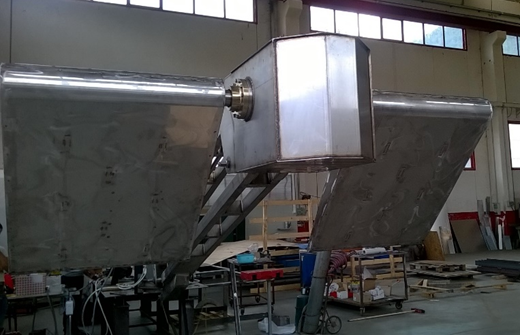 |
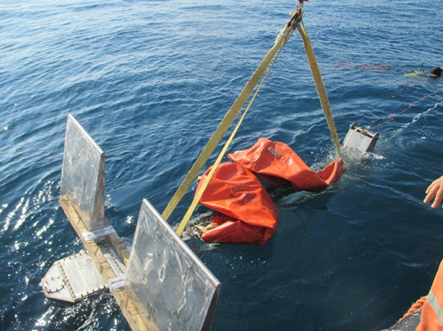 |
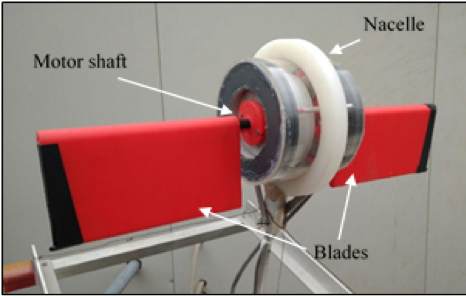 |
|
Fig. 1 - Seaspoon experimental activities
Within two projects (Seaspoon: verso una nuova energia dal mare - and SeaWHAM), two facilities were built and equipped in order to study WEC devices, in particular:
1) Elastic beacon
This facility is installed about 1.6 km from the coast of Genoa Sturla, in the sea area between the towns of Boccadasse and Genova Nervi, where there is a bathymetry of about 36 m.
As shown in Figure 2, the site object of the experimental activity is just outside the areas defined SIC (Site of Community Importance), therefore DIME has the authorization to manage the elastic beacon and the surrounding sea mirror for a diameter of about 50 m.
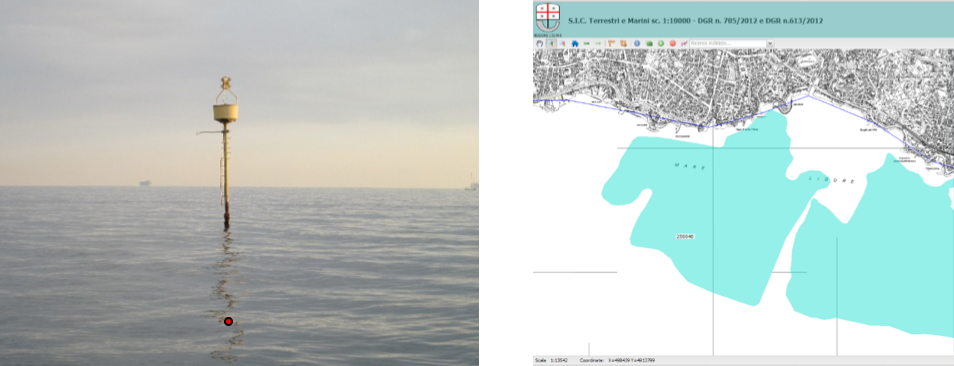
Fig. 2 – Elastic beacon (left) and its position (right)
The elastic beacon has been equipped with the main environmental monitoring systems in order to guarantee a real-time assessment of sea status. Through an ultrasonic level sensor and a webcam, in fact, it is possible to make qualitative and quantitative estimates on the characteristics of the wave motion.
Real-time communication is guaranteed by a radio link with 5Hz data sampling directly on the ground thanks to an Internet connection.
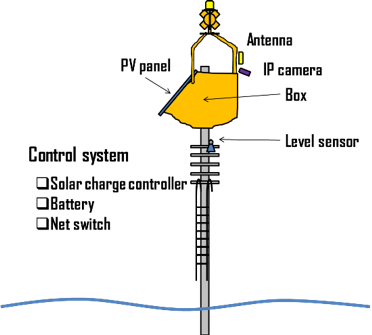
Fig. 3 – elastic beacon intrumentation scheme
2) Sea LAB – Open-sea wave generator
The Sea Lab is located in La Spezia (SP), at Italian Navy’s Naval Experimental Center (CSSN).
It is composed by a Wave Generator, a underwater floor to support the marine prototypes, a Control Room, devoted to control the wave generator and the prototype.
The Wave Generator is installed on a pier and the end of the channel is open sea, so there is no need to install wave absorber. Moreover, this allows to conduct experiments in the real environment.
Is composed by five modules, each one of them is removable and is composed by a bulkhead and an oleodynamic actuator. Every module is independent to the other, so different kinds of control can be done on the wave maker.
There is a dedicated actuator for remove the bulkhead from the sea when the device is not in operation, in order to limit the corrosion and therefore the necessary maintenance.
Hereafter some images regarding the facilities:
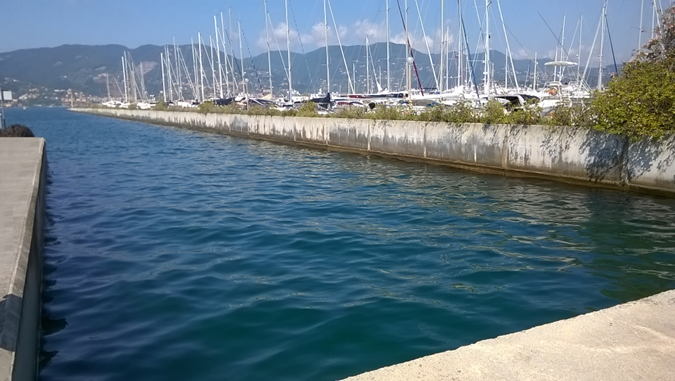
Fig. 4 – Installation site
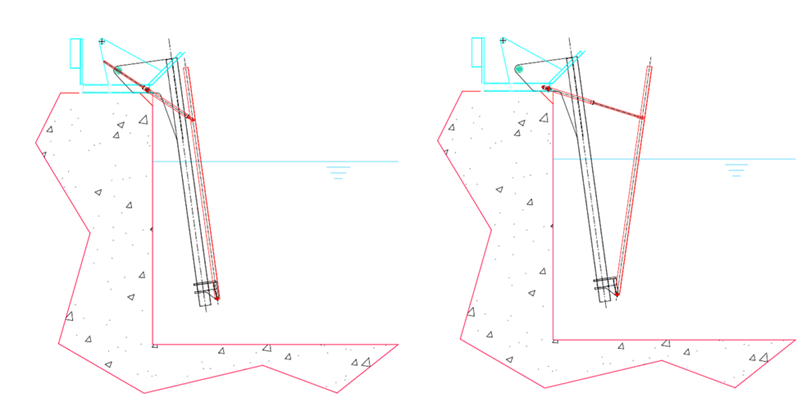
Fig. 5 – Wave maker design plans
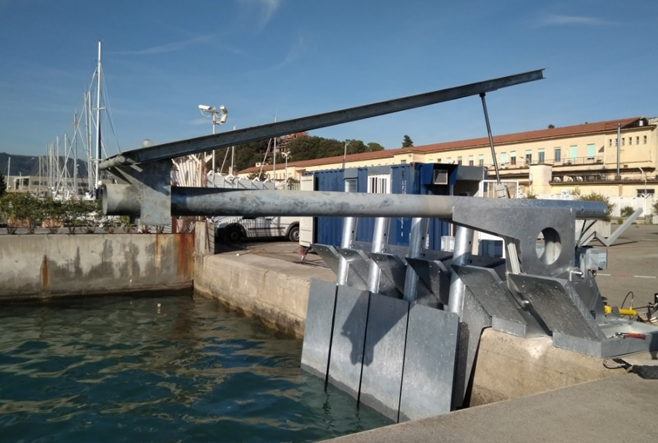
Fig. 6 – Wave maker installation
Main dimensions of the wave maker:
- Length = 5 m
- Bulkhead’s depth of immersion = 3,5 m
- Bulkhead’s total height = 5 m
Characteristics of the waves generable:
- Height = up to 0,7 m
- Period = 3 – 4 s
- Length = up to 12 m
